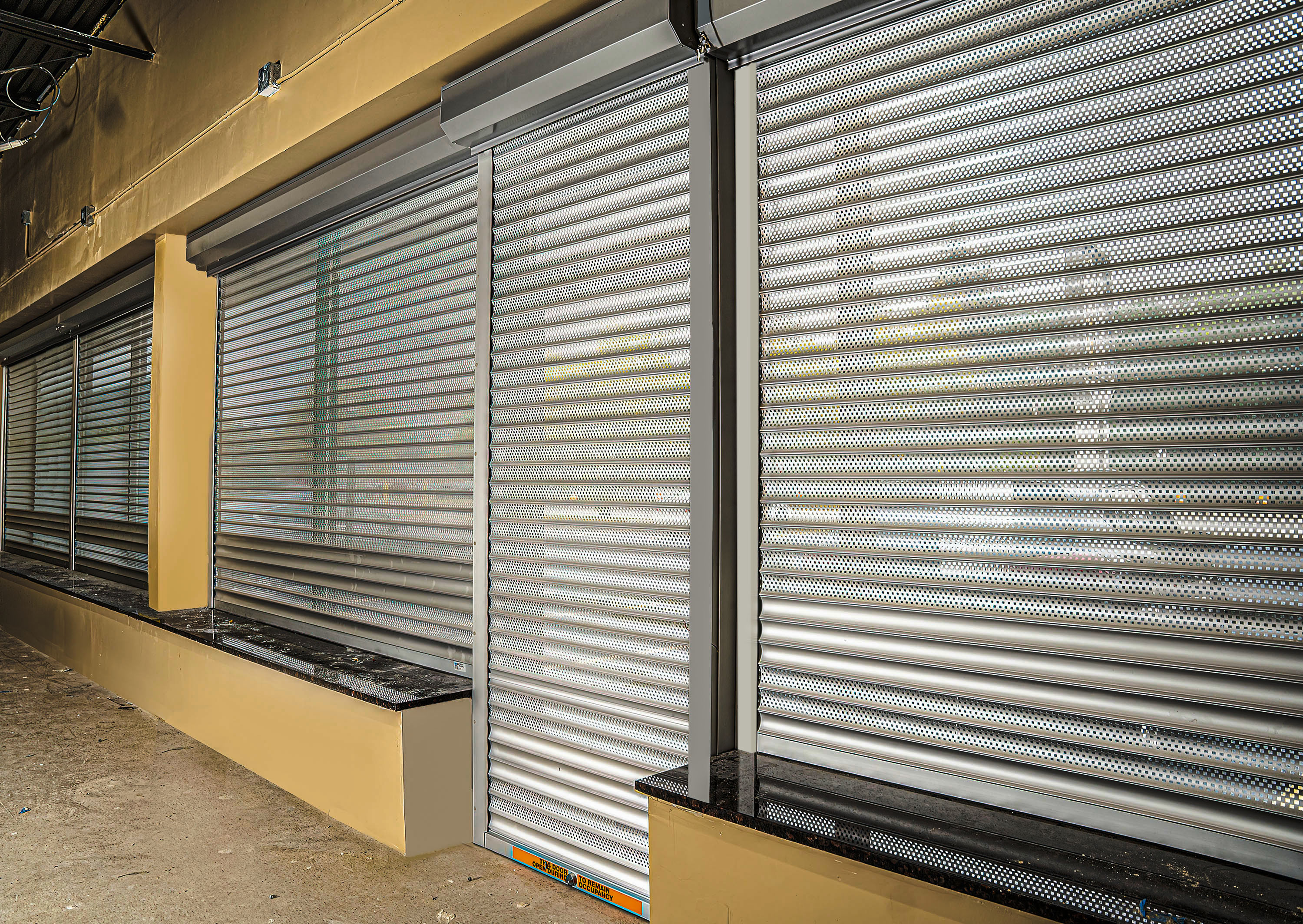Grocery store theft is a growing concern for retailers across North America. With inflation driving up prices and organized retail crime rings becoming more sophisticated, supermarkets are experiencing more significant losses than ever.
Whether it’s a lone shoplifter walking out with a cart full of unpaid items or a professional crew targeting large amounts of high-value goods, grocery store theft eats into already-thin margins and poses safety risks to staff and customers.
The Scope of Grocery Store Theft
Grocery store theft isn’t limited to petty shoplifting. Supermarkets face threats from a wide range of offenders, including:
- Casual shoplifters, who may pocket small items like cosmetics, energy drinks, or deli meats.
- Repeat offenders, who target the same store multiple times, often go unnoticed.
- Organized retail crime (ORC) rings, which steal large quantities of goods to resell elsewhere.
- Employees, who may be under-ringing items, taking cash from the till, or stealing inventory from stockrooms.
Grocery stores are among the top sectors hit by retail theft, particularly for high-demand, easy-to-resell items. Some of the most frequently stolen items include baby formula, liquor, meat, and over-the-counter medications. The smaller and easier to conceal items are, the more likely thieves are to target them, too.
Top Grocery Store Loss Prevention Tips
To combat grocery store theft, retailers need to implement a layered approach to loss prevention. This means combining environmental design, employee training, surveillance technology, and physical security measures to deter and catch thieves before losses occur.
Here are several effective ways to prevent shoplifting in supermarkets:
1. Improve Store Layout and Visibility
Designing your store with clear sightlines makes it harder for shoplifters to act without being seen. Avoid tall, cluttered displays that block staff views. Use mirrors in blind corners and ensure aisles are well-lit.
Strategically placing staff near entrances and high-theft zones (like liquor aisles or baby formula shelves) adds a visible deterrent. Simply greeting customers as they enter can reduce theft, too, as people are less likely to steal when they feel seen.
2. Train Staff on Theft Detection
Your employees play an important role in preventing shoplifting. Make sure they’re trained to recognize suspicious behavior, such as:
- Watching staff more than products
- Wearing oversized clothing (ideal for concealment)
- Loitering in one aisle for long periods
- Frequently entering and exiting the store without making purchases
Train employees on how to approach potential shoplifters in a non-confrontational way and when to alert security or management.
3. Use Surveillance and Monitoring Systems
Modern security cameras are essential for grocery store loss prevention. High-definition CCTV, especially with remote access and AI-powered features, such as motion detection and facial recognition, helps you:
- Monitor key areas in real time
- Record evidence for prosecution
- Deter would-be thieves
Installing monitors at the entrance that show live camera feeds can also serve as a psychological deterrent.
4. Secure High-Value Items in Lockable Security Cases
Some items are more prone to theft than others due to their resale value or compact size. For example:
- Expensive liquor
- Cigarettes and tobacco products
- Baby formula
- High-end health supplements
- Razor blades
Rather than leaving these items on open shelves, consider placing them in lockable security cases. Customers can then request assistance from staff to retrieve the desired products. While this adds only a small barrier to purchase, it significantly reduces shrinkage and deters opportunistic theft.
Many retailers also use anti-theft shelf tags or electronic article surveillance (EAS) systems with tags that trigger alarms at exits if not deactivated.
5. Establish a Clear Shoplifting Policy
Having a published store policy helps both staff and customers understand your stance on theft. It should include:
- Guidelines for how staff should respond to suspected theft
- Whether and how the store will prosecute offenders
- Use of surveillance equipment and signs notifying customers
A zero-tolerance message, combined with visible enforcement (such as prosecuting repeat offenders), helps create a culture where theft is taken seriously. On the other hand, stores with a relaxed theft policy are far more likely to be targeted repeatedly as word gets out.
What About Preventing After-Hours Grocery Store Theft?
While shoplifting during operating hours is often the focus of attention, after-hours grocery store theft is an equally serious concern.
Grocery store break-ins can result in tens of thousands of dollars in losses, not only from stolen goods but also from broken windows, damaged doors, and vandalized property. Fortunately, physical security upgrades can drastically reduce your risk.
RG-Series Security Glazing
Riot Glass’ RG-Series is a nearly invisible retrofit solution for vulnerable windows and entry points. This high-strength security glazing is installed over existing glass to protect it from forced entry attempts 24/7.
Unlike standard glass, the RG-Series won't shatter under attack. It resists impacts from hammers, crowbars, and other burglary tools. That means even if a criminal tries to break through after hours, they’ll be met with a solid, virtually impenetrable barrier.
Retailers who install Riot Glass benefit from:
- Increased break-in resistance
- Reduced cleanup and repair costs
- Peace of mind without changing storefront aesthetics
QMi Roll-Down Shutters and Side-Folding Grilles
Many grocery stores turn to QMi security shutters and side-folding grilles for even more comprehensive after-hours protection. These robust, commercial-grade barriers are deployed over entrances, liquor aisles, or any area prone to theft when the business is closed.
QMi shutters can be customized to blend with your store’s look and roll out of sight during business hours. When in place, they block access entirely — most smash-and-grab attacks won’t get through. They’re especially valuable for:
- Urban supermarkets in high-crime areas
- 24-hour stores that close liquor sections at night
- Standalone stores with large glass storefronts
Final Thoughts
Grocery store theft is a growing problem, but retailers can fight it effectively with the right tools. A proactive approach can drastically reduce losses and improve store safety, from better employee training and smarter store layouts to locking security cases and reinforced physical barriers.
Every store has different needs, but the key to successful grocery store loss prevention is understanding your vulnerabilities and creating layers of deterrence. Don't wait for a major incident to take action — invest in prevention today.
Ready to protect your grocery store from theft? QMi has you covered with proven physical solutions for keeping your store safe, even when the lights go out. Contact us today for a free consultation.

